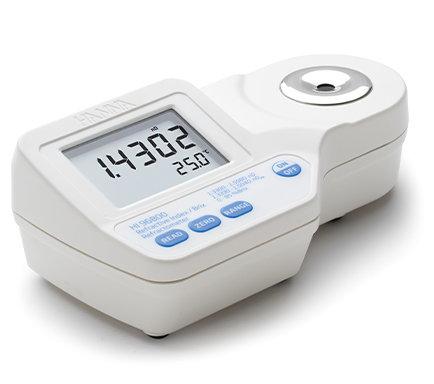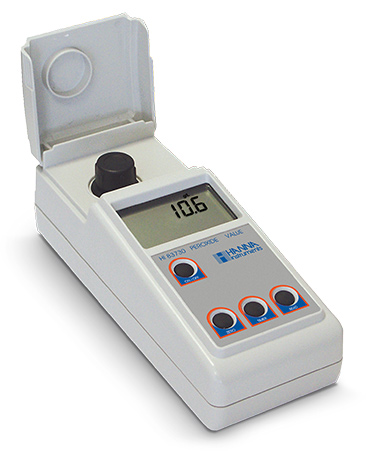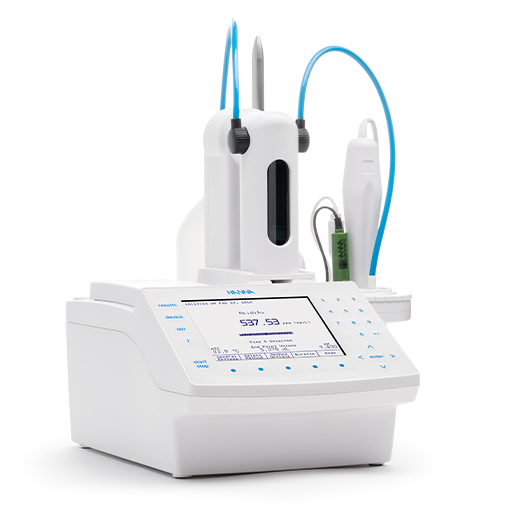Argan oil is a specific type of oil, produced from Argan tree Argania spinosa (L.)
Argan oil is a specific type of oil,
produced from Argan tree Argania spinosa (L.)
produced from Argan tree Argania spinosa (L.)
Famous is for its unique chemical composition associated with its nutritional and cosmetic properties as well as with scientific studies validating its claimed or empirically observed properties.
Argan trees are considered as treasure of Morocco, and are specifically endemic to the region and can naturally grow only in and around Morocco, thankfully to semi-arid climate.
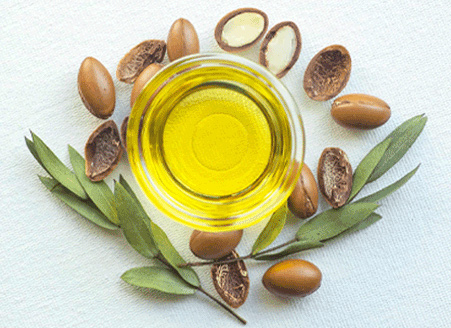

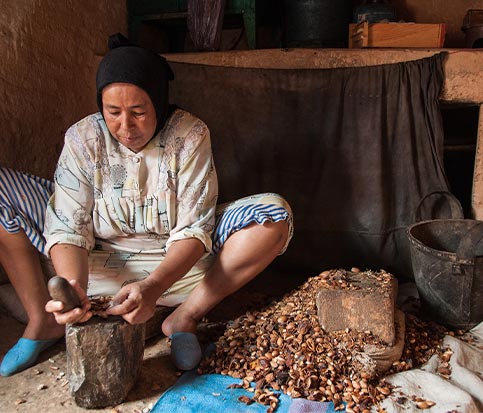

Although argan oil is considered a world famous products, it’s exported from Morocco and than distributed around the globe.
Depending on the purpose and intented gradation kernels can be processed in two different ways, depending if the kernels should undergo roasting or not.
Unroasted kernels will produce Cosmetic grade argan oil.
Food grade oil will be obtained by cold pressing kernels roasted for a few minutes.
In food industry is very valuable for it’s nutritional value, and in cosmetic industry it’ treasured as a secret ingredient for hair and skin beauty.
Argan oil is considered non-refined “virgin oil” and can be classified depending on acidity.
In Morocco, argan oil is mainly produced by women’s cooperatives which achieve high-quality argan oil using a semi-industrial mechanical extraction process.
Extraction technology has been evolved to obtain high-quality argan oil at a large scale. The extraction process and several accompanying parameters can influence the quality, stability, and purity of argan oil.


Most important steps
for evaluation of argan oil:
for evaluation of argan oil:
- quality control
- oxidative stability
- authenticity assessment
Density & Refractive index
Refractive index is a measurement of how light behaves as it passes through the sample. Depending on the sample’s composition, the light will refract and reflect differently. By measuring this activity with a linear image sensor, the sample’s refractive index can be assessed and used to determine its physical properties such as concentration and density.
Variations in temperature will affect the accuracy of refractive index readings, so the use of temperature compensation is highly recommended for reliable results. The HI96800 contains a built-in temperature sensor and is programmed with temperature compensation algorithms in accordance with the ICUMSA Methods Book Standard for a percent by weight sucrose solution at 20°C.
HI96800
Digital Refractometer
HI96800 Digital Refractometer measures Refractive Index and displays results in both temperature compensated (nD20) and non-temperature compensated (nD) formats on the dual-level LCD screen. The HI96800’s intuitive layout and pinpoint accuracy ensures effortless operation and reliable readings every time. Refractive Index is measured to determine a liquid’s composition and assess its concentration and density.
The HI96800 also converts Refractive Index to % Brix with the push of a single button.
- Sample size as small as 2 metric drops (100 μl)
- Sealed stainless steel well with high-grade optical prism made of flint glass
- Fast 1.5 second response time for temperature compensated readings
Variations in temperature will affect the accuracy of refractive
index readings, so the use of temperature compensation is
highly recommended for reliable results.
index readings, so the use of temperature compensation is
highly recommended for reliable results.
Oxidative stability
Over time, edible oils may degrade and spoil. The primary cause of edible oil degradation is oxidation. As oil oxidation occurs, flavors and odors can change, resulting in a product that is undesirable for consumers. The primary products of oxidation are peroxides, hydroperoxides, and free radicals. They act as catalysts for the whole reaction and accelerate it. Secondary products are aldehydes, ketones, alcohols, fatty acids, oxy fatty acids, epoxides that cause rancidity of the product. Peroxides easily lose one oxygen atom and turn into ordinary oxides and are therefore strong oxidizing agents.
The peroxide value tells us a lot about the quality of the oil. Peroxide number indicates the amount of hydroperoxide and peroxides present in the oil.
Oils with a peroxide value ranging from 1 to 3 mmol O2 / kg are considered fresh and of good quality.
Oils whose peroxide value does not exceed 10 mmol O2 / kg are considered suitable for human consumption.The peroxide number is considered an indicator of the initial phase of oil oxidation because the resulting hydroperoxides are extremely unstable and decompose very quickly in the so-called secondary oxidation products.
The refractive index of argan oil at 20°C varies from 1.463 to 1.472.
For measure peroxide values in oil we recommend:
HI83730
Portable Photometer
for Determination
of Peroxide Value in Oils
for Determination
of Peroxide Value in Oils
The HI83730 Portable Photometer for the Determination of Peroxide Value in Oils combines accuracy and ease of use in an ergonomic, portable design. A user can accurately determine the peroxide value of oil within a 0.0 to 25.0 meq O2/kg range using the HI83730-20 ready made reagents.
For a determinating peroxide number by Reference Method AOCS Cd 8b-90 or Reference Method AOAC 965.33 use Hanna Instruments:
HI931
Automatic Potentiometric Titrator
The HI931 Automatic Titrator is the answer to your dedicated titration needs. Fully customizable, the HI931 delivers accurate results and intuitive user experience, all in a compact package. Titrate for a variety of measurements at the push of a button including acids, bases, redox, and selective ions. With no additional programming upgrades to purchase, you can start measuring right away. This titrator has the ability, among many other methods, to titrate the value of the peroxide number and for this measurement there are two standardized methods.
Method for the determination of peroxide value (PV) in refined and unrefined edible oils, following the AOAC 965.33 to a mV endpoint. The results are expressed in meq/kg PV (Peroxide Value).
Method for the determination of peroxide value (PV) in refined and unrefined edible oils, following the AOCS Cd 8b-90 to a mV endpoint. The results are expressed in meq/kg PV (Peroxide Value).
The peroxide value of extra-virgin argan oil
must be lower than 15 mEq O2/kg
must be lower than 15 mEq O2/kg
Acidity
The acidity is one of the simplest but most important factors for determining the quality of oils. Higher values indicate lower quality than food-grade oil but could still be used for cosmetics purposes.
Acidity determination can easily be determined with potenciometric titration using a titrator HI931 or HI932.
Determination of free fatty acid content can be carried out according to the Commission Regulation (EEC) No. 2568/91 based on the characteristics of olive oil and olive-residue oil and the relevant methods of analysis. The content of free fatty acids is expressed as acidity calculated as the percentage of oleic acid.


Acidity of argan oil is
classified in four grades:
classified in four grades:
- extra-virgin – acidity < 0.8 g/100 g
- fine-virgin – 0.8 < Acidity < 1.5 g/100 g
- ordinary virgin 1.5 < Acidity < 2.5 g/100 g,
- lampante virgin argan oil – acidity > 2.5g/100g
Moisture determination
Most commonly used, Karl Fischer titration is a classic titration method in chemical analysis that uses coulometric or volumetric titration to determine trace amounts of water in a sample.
HI933
Volumetric Karl Fischer Titrator
For scientists and professionals who need exact water content determination our new generation of the Volumetric Karl Fischer Titrator is engineered to meet or exceed your technical requirements while delivering a lower cost of ownership. With cutting-edge features packed into a compact design, this titrator delivers accurate results and requires less space in the lab. Get accurate water content determination at the push of a button. Designed for the modern lab, this Karl Fischer titrator is the perfect fit for your testing environment.
- Compact design will save space in the lab without compromising your results.
- Durable heat and chemical resistant body.
- Sealed solvent system helps to keep water out of the system, while giving you minimal exposure to the reagents.
Author:
Nives Vinceković Budor
mag.ing.chem.ing.
Nives Vinceković Budor
mag.ing.chem.ing.


With Great Product Come Great Results

